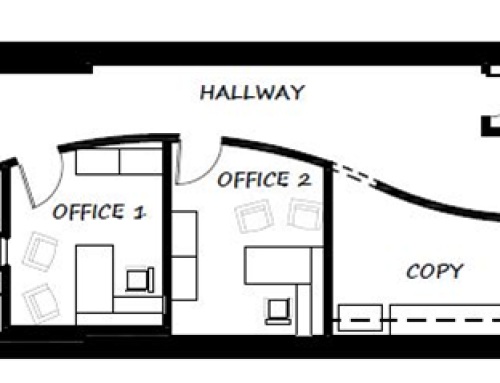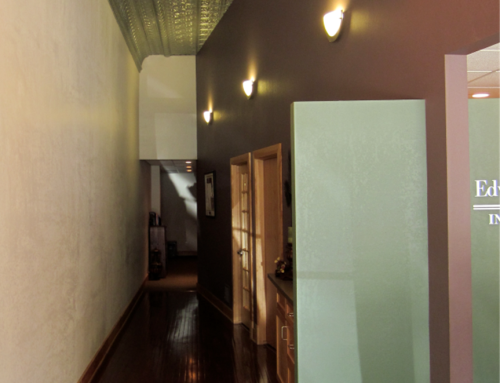Steps at My Back Door?
“Do I Need ADA Compliance at All Doors?”

Is your downtown built on a hillside? Many communities are developed up the side of a hill or on a hill that causes you back door to not be ADA compliant. The specific code states that more than 30 occupants and/or a travel distance of more than 75’ dictates a second door. If your building is 20’ wide by 75’ or less deep and less than a 30 occupant capacity, you most likely only need one exit. If your front door meets ADA compliance, then it is reasonable that your back door is what I call a convenience exit and can rationally be explained as not needing to conform. After all, taking it out doesn’t make sense and having the second door adds an additional layer of safety, even though it has steps.
If, on the other hand, you have a wide or deep building with a travel distance greater than 75’ as a typical downtown building would be, it needs to have two exits, both ADA compliant; however, the building official has the authority to wave the ADA compliance if it creates a hardship. Being expensive does not define a hardship, so don’t approach the rationale in this manner. A better rationale would be the amount of ramp it would take to solve the ADA problem. A ramp takes up a lot of space, depending on your height difference. A ramp inside a building is often a hardship. If your building doesn’t have enough room inside your property line, an exterior ramp is simply not practical.
If your building has steps, how many other buildings in your area have the same situation? Set precedence does have some power in negotiating code compliance, so do a little research!
I have seen many existing noncompliant ramps to a back door. Don’t let the official convince you that a ramp already existed so you need to put one back. Per code, once you tear out the old in entirety, new must meet all codes. Make sure you know your ramp requirements if you are going to argue this point.
A staircase can often be a reasonable solution, and your building official will be able to see the hardship if it exists. Overall, I have not seen this issue be of great concern to the building official as long as your front door meets the ADA requirements.





